
Book
Think Like a Rocket Scientist
Simple Strategies You Can Use to Make Giant Leaps in Work and Life
Recommendation
When author Ozan Varol was 17 and living in Istanbul, he read about NASA’s Mars Landing project and the work that Cornell University was doing to support it. He wrote to the lead professor, describing his computer skills, and landed a job on the Mars program, along with a scholarship. Varol’s remarkable journey since then has relied on thinking like a rocket scientist. But as Varol points out, even rocket scientists fall prey to human biases and lazy thinking. With a fresh, engaging perspective, Varol elucidates the advantages of open-mindedness, careful thinking and bold action.
Summary
About the Author
Ozan Varol is an author and tenured law professor at Lewis & Clark Law School.
By the same author
Book
Podcast
Learners who read this summary also read
Book
Book
Book








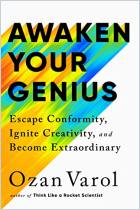

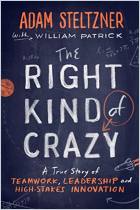
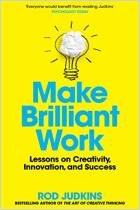
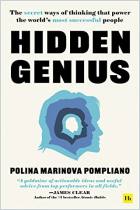

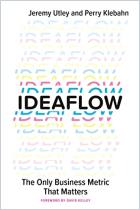
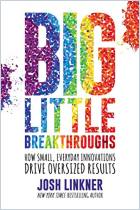







Comment on this summary or Start Discussion